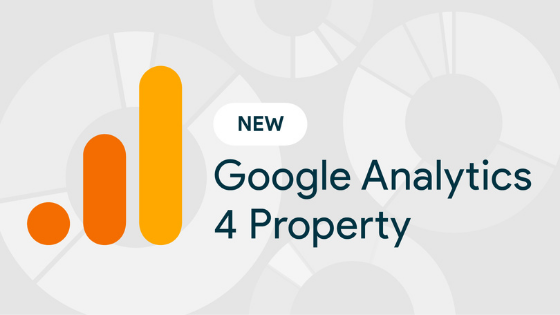What is Google Analytics 4 and how it differs from previous versions
What You Need to Know About GA4
Google has rolled out numerous updates with version 4, but the fundamental difference between GA4 and previous versions of Google Analytics lies in its event-driven data model.
Brief Overview
In the early days of web analytics (mid-2000s), websites consisted of pages that loaded with each view. As a result, everyone went the route of grouping these page views into sessions each time a user did not interact with the site for 30 minutes (the Session Timeout setting). Then came mobile and single-page applications (SPAs), and the concept of page views and sessions no longer applied.
Page views are crucial for web analytics. They are used to calculate bounce rate, session duration, time on page, pages/session, etc. (not to mention the importance of the landing page). Applications that simply load and run long processes (such as games, video players, etc.) cannot properly describe user behavior using the traditional Sessions/Page Views model.
Solution: An event-driven data model
Mobile app analysts solved this problem by abandoning the system where the fundamental building block of a session is a page view. They replaced it with a flexible system of events, parameters, and user properties. This concept is easily applied to any new application. But it can also be applied to a regular website.
Google did not invent the event-driven data model. Such a data model has been at the core of Firebase Analytics since its acquisition in 2014. This is a proven approach that has been around for many years, but before Google Analytics 4, it was rarely applied to traditional websites.
Benefits of Google Analytics 4
GA4 has many advantages, and the importance of each will depend on who you are by profession – analyst, marketer, or developer.
For Analysts
- Cross-platform tracking: If you manage both a website and a mobile app, you finally have the opportunity to combine your data from different analytics tools. This is more convenient than rollup properties and rollup reporting, as the data will now use the same workflow.
- Analysis Hub: GA4’s Analysis Hub is a more powerful analysis tool than legacy versions of Google Analytics. It allows you to create custom reports, analyze individual users, build conversion funnels, compare segments, and more. You can also export data to Google BigQuery for further analysis.
Installation via GTM (Google Tag Manager)
To upgrade your previous version of Google Analytics to GA 4 using Tag Manager, you just need to make a few simple adjustments:
1. Go to the Google Analytics resource settings
Select the GA4 Setup Assistant item there

2. In the window that appears, select "View GA4 resource"
The GA4 Setup Assistant window opens

3. Click the "Set Tag" item
The GA4 Data Flow Configuration Assistant will open


4. View GA4 data flow details
Copy the data stream ID and proceed to customization in Google Tag Manager

5. Customizing a tag in Google Tag Manager
For Marketers
- Propensity & Churn Audiences: GA4 allows you to group users based on their likelihood to purchase or churn within 7 days. This helps you target your marketing efforts more effectively.
- New Engagement Metrics: GA






